Fiber Optic Tech
What is Optical Cross-connect (OXC)?
Optical networks are the cornerstone of modern communication networks in nowadays. Without the support of a powerful optical network, large-bandwidth and low-latency application scenarios including 8K video, VR/AR, smart factories, smart cities, and smart transportation cannot be perfectly realized. 5G and F5G don't work either.
What is an optical cross-connect? What is the difference between OXC and ROADM?
ROADM is one of the key technologies of all-optical networks. It mainly aims to further realize node optical switching based on line optical switching.
ROADM evolved into CDC-F ROADM, which basically implemented very powerful optical switching functions. However, it is still not the ultimate solution for all-optical networks. ROADM has some problems. One of the biggest issues is the complexity of fiber optic connections.
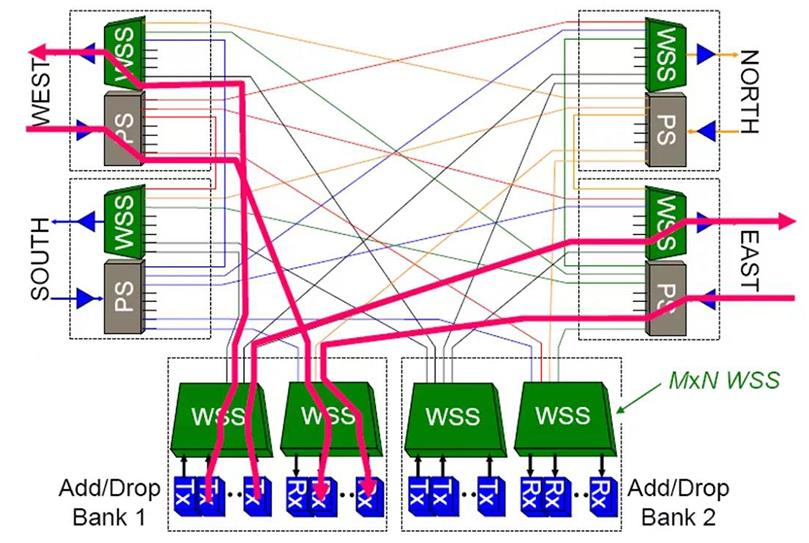
ROADM usually connects optical fibers one-to-one according to the requirements of extending. The network may need to be adjusted, and fiber will continue to be added. The fiber optic connections become cluttered and difficult to operate and maintain as time goes by. When using ROADM, the quantity of racks is relatively large and takes up a lot of space. As a result, a better and more suitable all-optical switching technology has been pushed to the forefront, that is OXC.
What is OXC? Why do people need OXC?
OXC,optical cross-connect. Same as ROADM, OXC is also an optical transmission device that can exchange optical signals between different optical paths. In a sense, ROADM is a special implementation of OXC, and OXC includes ROADM.
From a traditional architecture perspective, OXC consists of optical cross-connect matrix, input port, output output, management control unit and other modules. The optical cross-connect matrix is the core of OXC. A so-called matrix is actually a "box" in which any internal ports are interconnected in pairs.
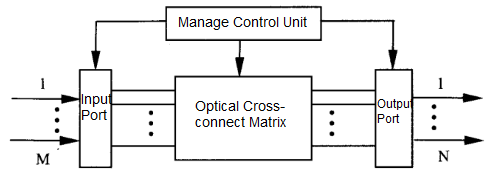
The OXC equipment shown as following is mainly composed of optical circuit boards, optical backplanes and optical support boards.
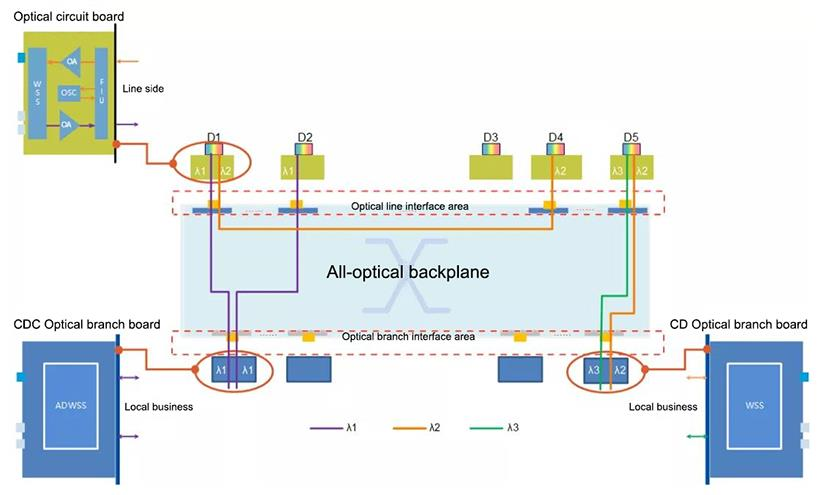
Generally speaking, each slot on the circuit board corresponds to one direction. After the optical signal enters, it is "decomposed" into N wavelength signals through the WSS (wavelength selective switch).
The earlier WSS switches used MEMS mechanical structure, but this structure has a high failure rate and poor reliability. Later, it evolved into an LCoS (liquid crystal on silicon) solution, which natively supports Flexi-Grid function, supports variable channel widths and super channels, and has much higher reliability than MEMS.
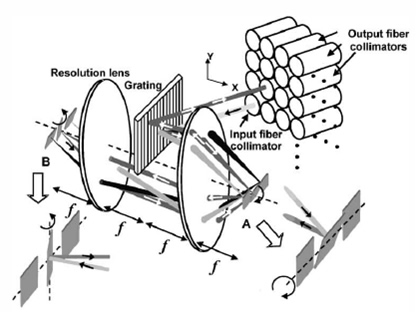
In principle, the LCoS solution uses phase-controlled wavelength selection, does not produce mechanical vibration, does not optically amplify up and down waves, and has a maximum directional size of 32 dimensions, thereby achieving ultra-large crossover capabilities and lower power consumption.
The optical signal of the wavelength passes through the optical connector and enters the optical backplane from the optical circuit board.
The optical backplane is an important difference between OXC and ROADM and it has quite a high technical content. It is equivalent to printing many optical fibers on a piece of paper to achieve optical connections.
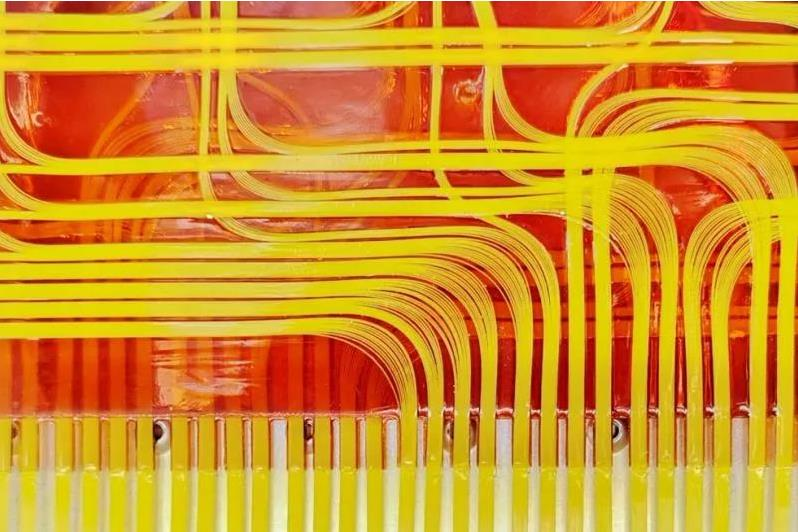
Enlarged view of optical backplane
Optical backplane supports large switching capacity and nanosecond latency. After the wavelength optical signal comes out of the optical backplane, it enters the optical support board to construct N×M WSS by increasing the LCoS crystal plane adjustment level.
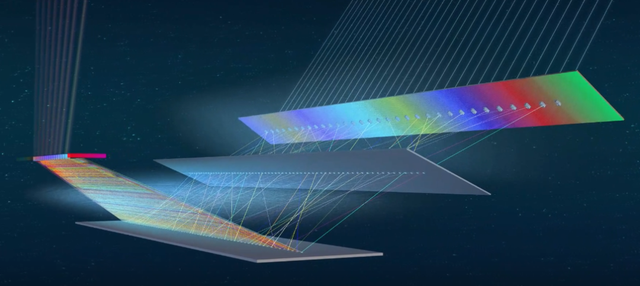
What is the difference between OXC and ROADM?
|
Characteristic |
ROADM |
OXC |
|
Extensibility |
Few exchange directions, Poor network extensibility |
Multiple exchange directions, Strong network extensibility |
|
Resource Consumption |
Occupy much space, High power consump |
Save space, Low power consumption |
|
Network operation and maintenance |
Many internal connections and board connections, complex system, mamy site faults, and difficult in operation and maintenance |
No patch cable, high system integration, few fault points, and simple maintenance |
|
Cost |
High |
Low |
OXC is very similar to ROADM, except that OXC introduces hardware such as optical backplane, which replaces the internal fiber optic box, enables fiber-free connections in the rack. It can help to avoid human operating errors and improves system reliability.
OXC also brings more flexible configuration capabilities. Based on OXC and its switching matrix, engineers only need to perform data configuration (wavelength configuration) through network management to achieve rapid service provisioning (at minute level). The above is the architecture and characteristics of OXC.
Nowadays, OXC, as an all-optical cross-connect platform, has large-dimensional non-blocking switching capabilities and extremely high cross-connect deployment capacity. The role of OXC is to serve all-optical switching and all-optical scheduling.



















